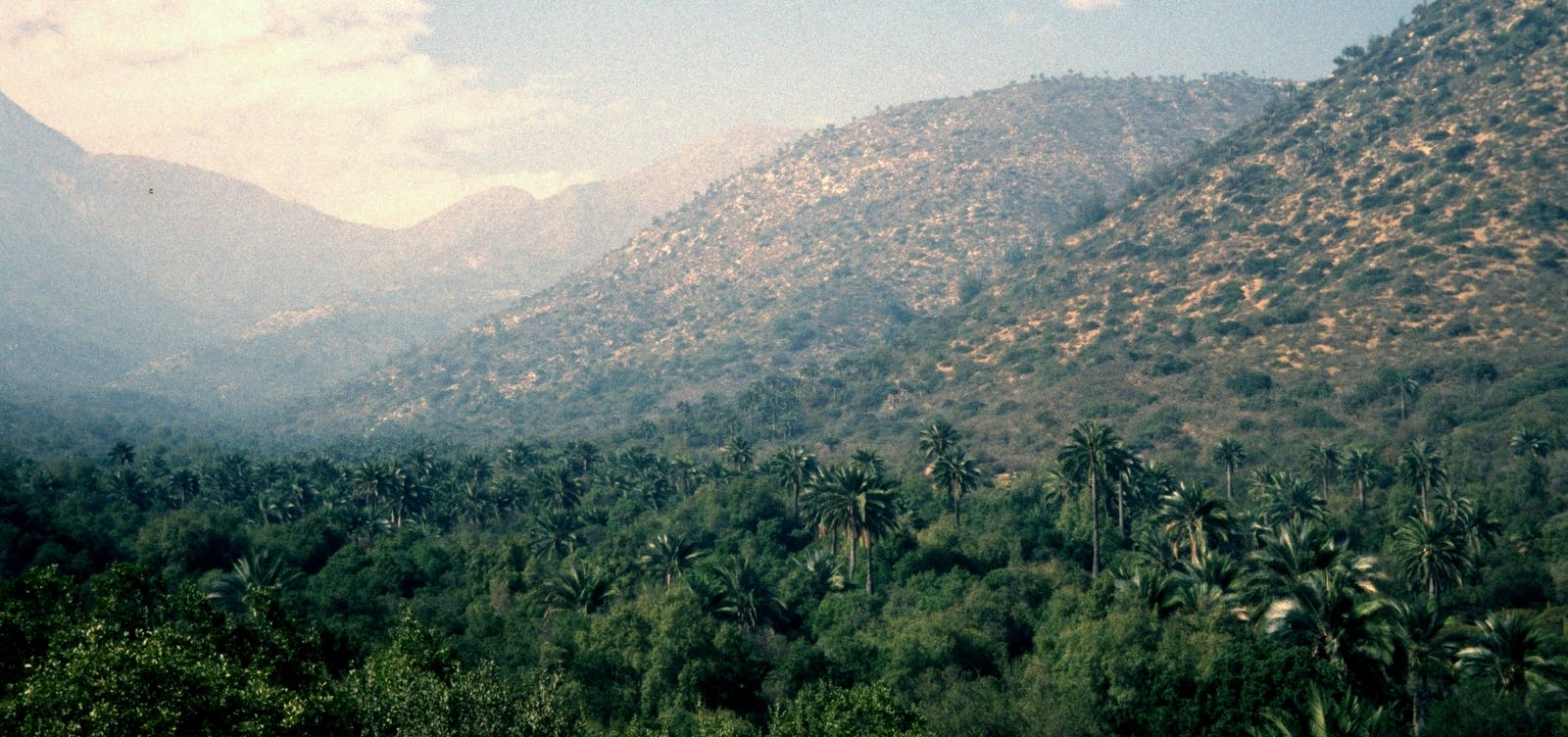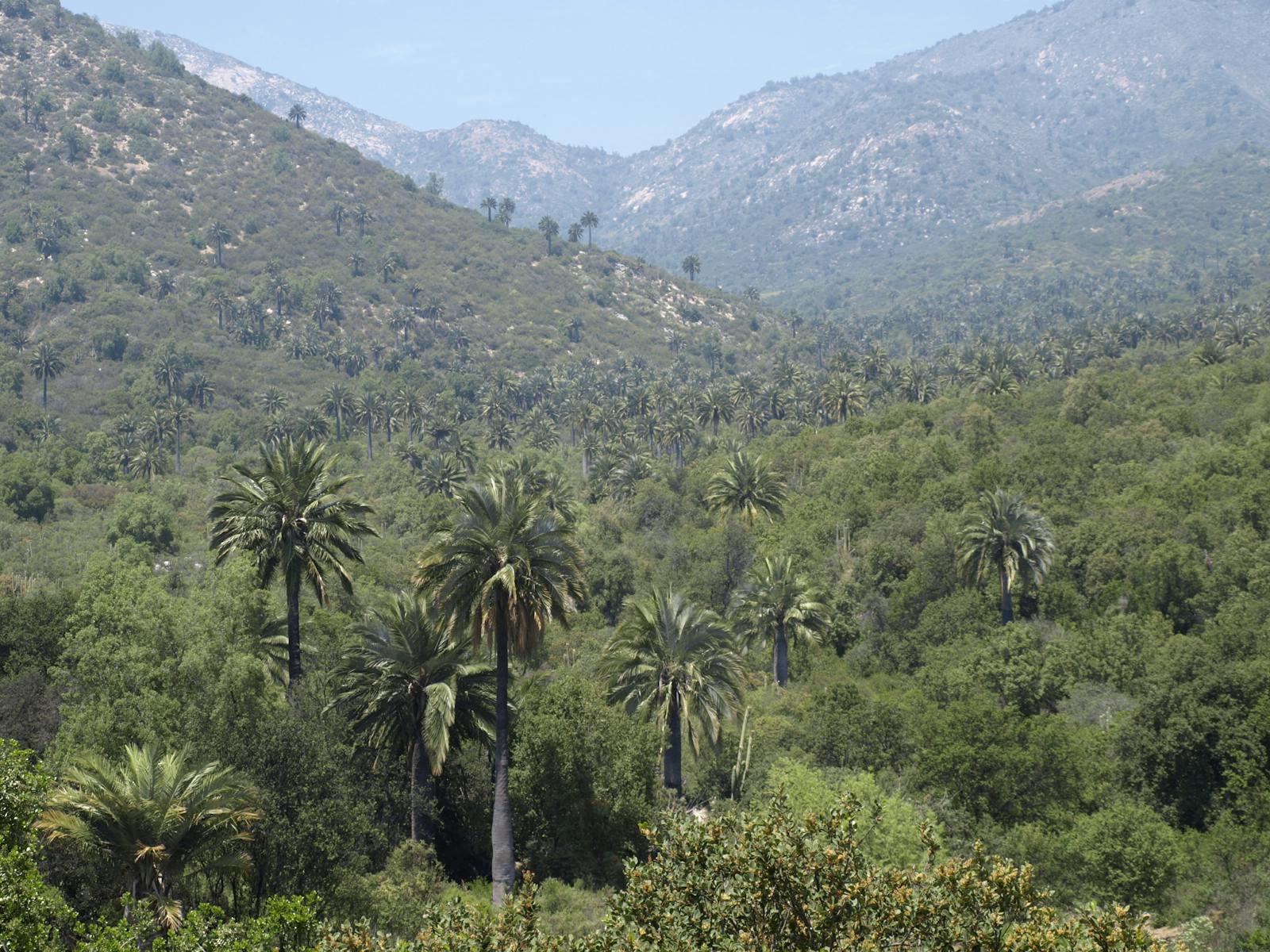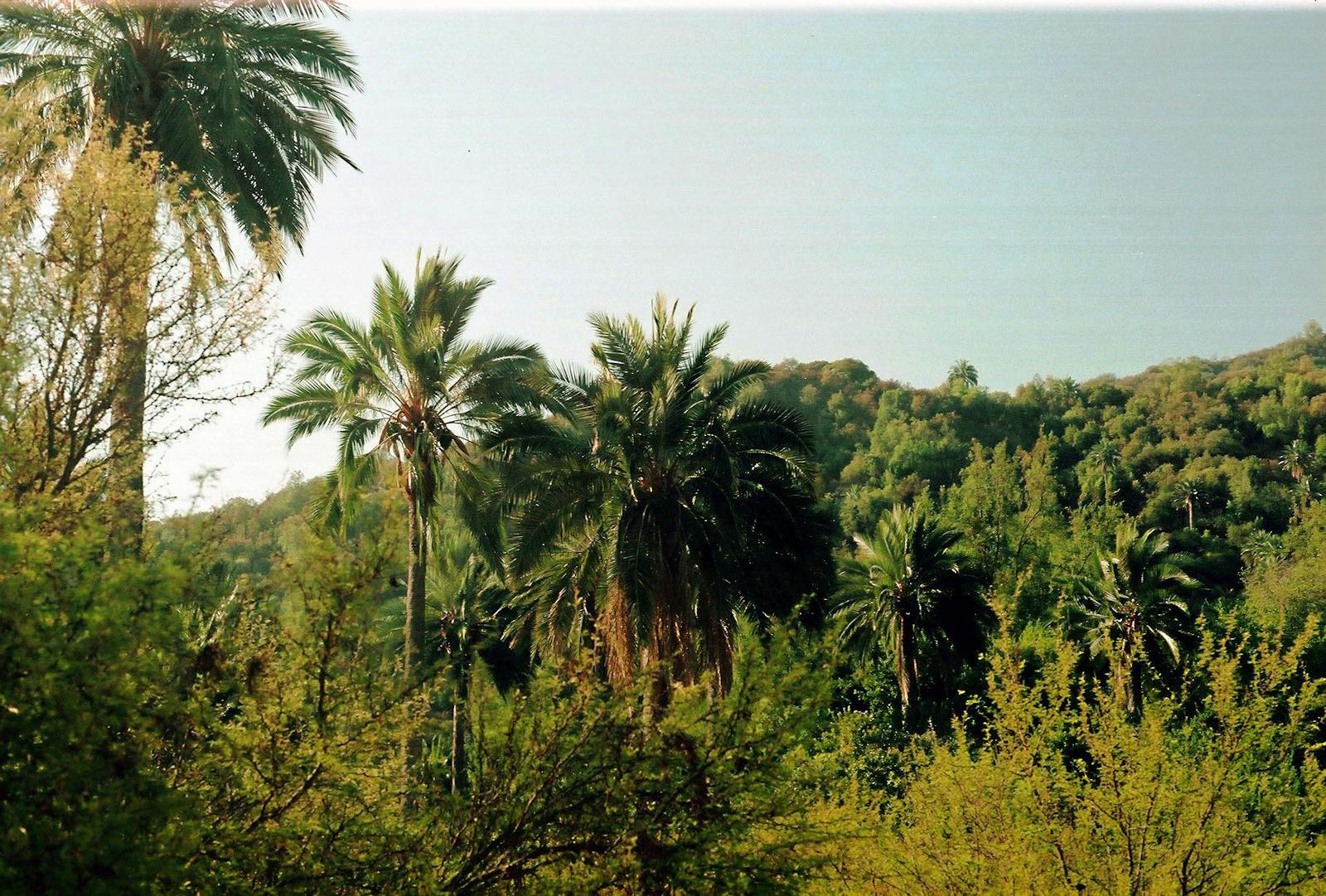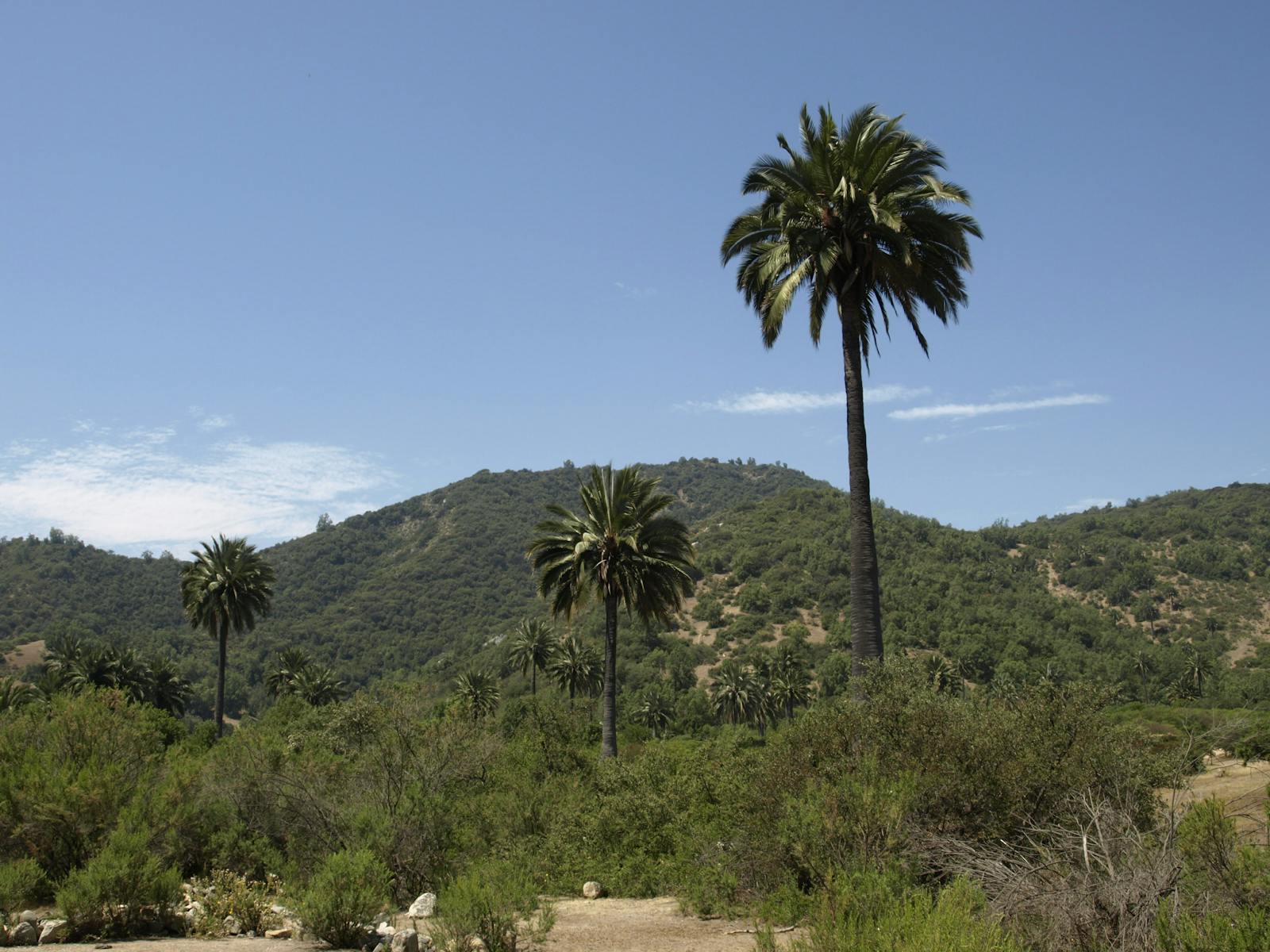Chilean Matorral
The ecoregion’s land area is provided in units of 1,000 hectares. The conservation target is the Global Safety Net (GSN1) area for the given ecoregion. The protection level indicates the percentage of the GSN goal that is currently protected on a scale of 0-10. N/A means data is not available at this time.
Bioregion: Chilean Matorral Shrublands & Savanna (NT6)
Realm: Southern America
Ecoregion Size (1000 ha):
14,884
Ecoregion ID:
596
Conservation Target:
28%
Protection Level:
0
States: Chile
Every summer, the giant hummingbirds migrates from the north to find home in the forest-shrubland mosaic of Chilean Matorral ecoregion. As the largest member of the hummingbird family, they feed primarily on nectar to produce enough energy to keep their body—sometimes measuring up to 20 cm in length—in hover. Thus, much of their day is spent in the search for flowers—lots of flowers. In fact, they are very agile flyers and although not brilliantly coloured like other hummingbirds they stand out for size and speed.
The Chilean Matorral ecoregion constitutes a 100 km-wide strip extending along the central part of the Chilean coast between the Pacific Ocean to the west and the Andes Mountains to the east. To the north of this ecoregion lies the Atacama Desert and to the south is the Valdivian Temperate Forests ecoregion. This ecoregion is distinguished by its Mediterranean climate with cool, wet winters and hot, dry summers.
The vegetation consists mostly of evergreen shrubs and some seasonal cover of shorter-lived plants. About 95% of the plant species are endemic to Chile, including three endangered tree species: keule, Pitao, and southern beeches as well as the vulnerable Chilean palm. The semi-arid landscapes within the ecoregion are very susceptible to erosion by rain and wind, and the native woody shrubs are particularly important in holding the soils together. When natural vegetation is removed, desertification can result.
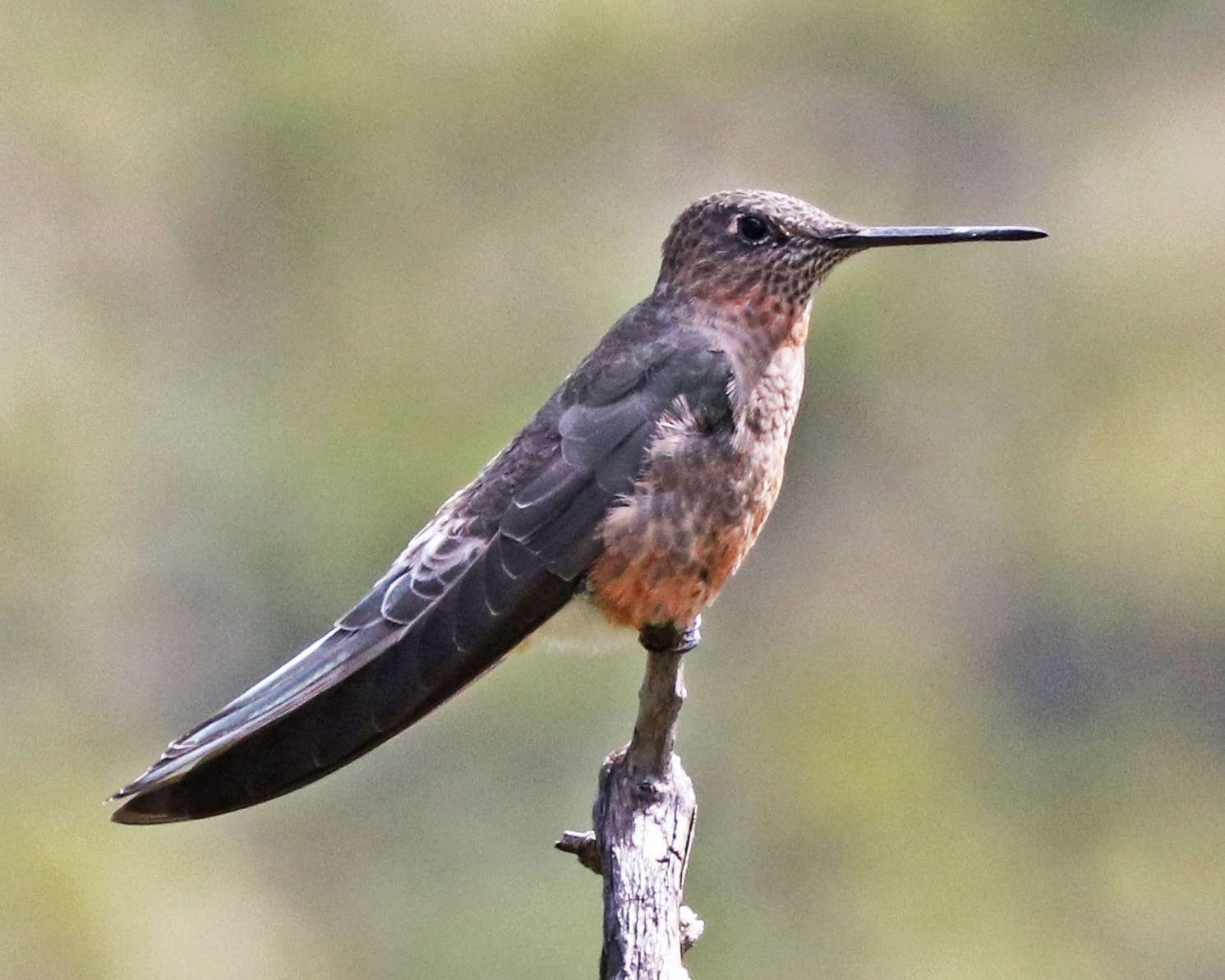
The flagship species of the Chilean Matorral ecoregion is the giant hummingbird. Image credit: Creative Commons
The Chilean Matorral ecoregion is a unique Mediterranean scrub forest that has high levels of species richness and many local endemic flora and fauna species. There are 7 endemic birds found at altitudes ranging from rocky slopes to arid scrub. Other notable birds in the region—all of them listed as Vulnerable by the IUCN Red List—include Humboldt penguin, pink-footed shearwater, and royal albatross.
Representative mammals of the region include mouse opossum, Andean fox, puma, Chilean pudu, pichi armadillo, and the endangered Andean mountain cat. The degu is a common rodent found throughout Chile that primarily feeds on shrub vegetation. Several species of lizards of the Liolaemus genus are also present in this region.
Very little land in this matorral ecoregion has gained formal protection status. This ecoregion is the least protected by national parks and reserves in all of Chile. Habitat alteration and destruction are the biggest threats, and have occurred through agricultural expansion, conversion to pastures for grazing, logging, and more generally, urbanization. The potential threats of soil erosion and desertification would completely change the habitat and result in the loss of important ecosystems for all flora and fauna species in this ecoregion. S
antiago, the capitol of Chile, and other major cities are in this ecoregion, making up much of the human population in Chile. These stressors increase susceptibility to the spread of introduced, invasive species. Exotic plant species can alter soil chemistry, nutrient cycling, microclimate, and susceptibility to fire, whereas exotic animal species, such as the European rabbit, can cause higher seedling mortality and disrupt secondary succession through their foraging habits. The endemic species of this formerly isolated landscape have difficulty adapting and competing against the introduced species.
The priority conservation actions for the next decade will be to: 1) increase the size and the number of protected areas within the Chilean Matorral ecoregion; 2) integrate natural resource management into agricultural and cattle practices; and 3) regulate and manage the spread and impact of introduced species in the ecoregion.
Citations
1. Locklin, C. 2018. Southeastern South America: Central Chile. https://www.worldwildlife.org/ecoregions/nt1201 Accessed September 28, 2018.
2. Figueroa, J.A. S.A. Castro, P.A. Marquet, and F.M. Jaksic. 2004. Exotic plant invasions to the Mediterranean region of Chile: causes, history and impacts. Revista Chilena de Historia Natural 77 (3) 465-483.
3. Gutierrez J.R. and F.A. Squeo. 2004. Importancia de los arbustos leñosos en los ecosistemas semiáridos de Chile. Ecosistemas 13(1). http://www.aeet.org/ecosistemas/041/investigacion2.htm
